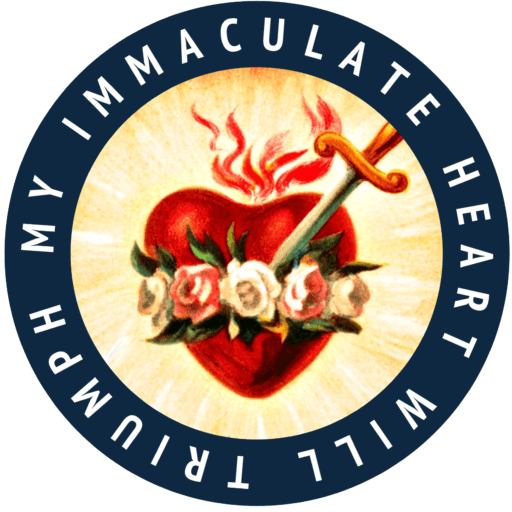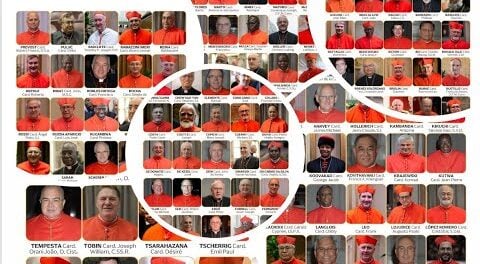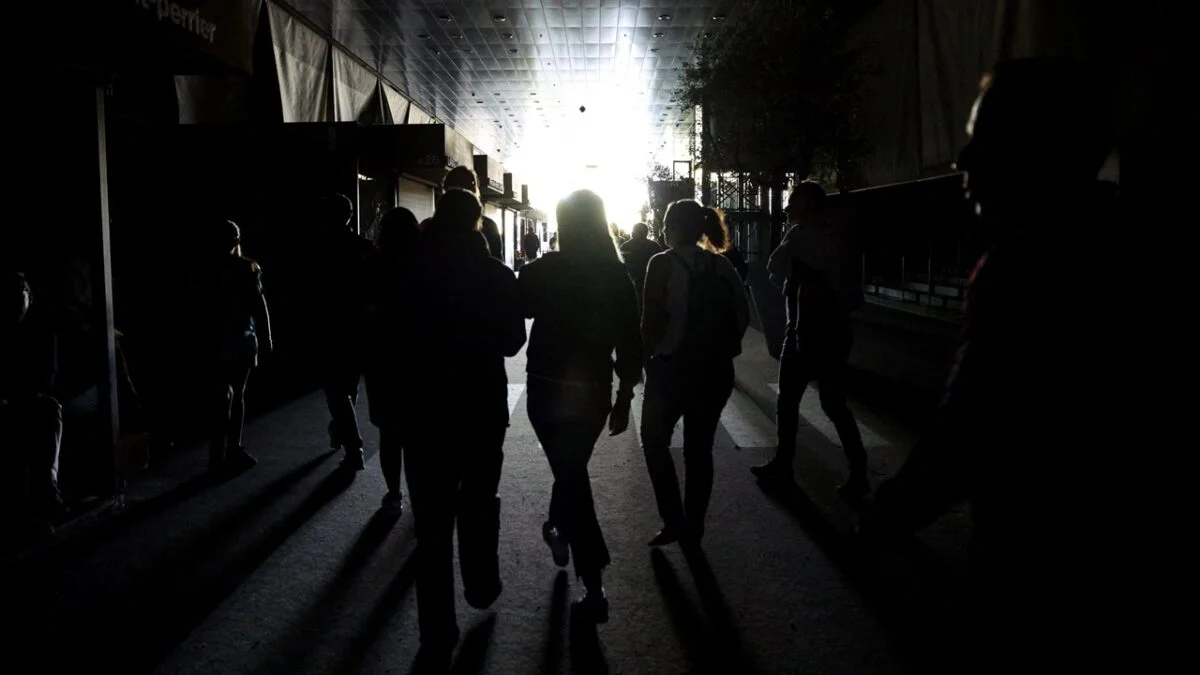By Aleteia
The exact origin of the St. Benedict Medal is hard to pinpoint, but it is believed that the various symbols on it can be traced to a Benedictine monastery in the 17th century.
According to Dom Prosper Guéranger in his short book The Medal or Cross of St. Benedict, a Benedictine monastery thwarted the plans of witches in the area.
In the year 1647 at Nattremberg in Bavaria, certain witches who were accused of having exercised their spells to the injury of the people of the neighborhood were put into prison by the authorities … they confessed that their superstitious practices had never been able to produce any effect … over the monastery at Metten and this circumstance had made them feel sure that the house was protected by the cross.
It was later discovered that there were “several representations of the holy cross painted on the walls and together with the cross were found the letters [now on the St. Benedict medal].”
There was also a manuscript that had “drawings that represented St. Benedict in a monk’s cowl and holding in his right hand a staff, the end of which was formed into a cross.”
Nearly everything that is now on the St. Benedict Medal was found at the Benedictine monastery at Metten.
The medal itself was only first introduced in the 18th century and given full approval in the 19th century.
Ever since, wearers of the medal have invoked the intercession of St. Benedict in the expulsion of evil influences.
This is partially due to various exorcism prayers that were written on the medal. Starting from the top, in a clockwise direction, and around the edge appear the initials of the prayers:
V. R. S. (Vade Retro Satan): “Get away, Satan”
N. S. M. V. (Not Suade Mihi Vana): “Never tempt me with your vanities!”
S. M. Q. L. (Sunt Mala Quae Libas): “What you offer me is evil.”
I. V. B. (Ipse Venena Bibas): “Drink the poison yourself!”







Leave a Reply